A mere 24 hours after injecting the permafrost soil with 15N (and it was a short 24 hours, given how many hours we had worked the previous day to inject those soil plots), the team was out in the field again, harvesting above and below ground samples.
TundraA treeless area between the icecap and the tree line of arctic regions, having a permanently frozen subsoil and supporting low-growing vegetation such as lichens, mosses, and stunted shrubs. Brownie
At each injection site (there are 8 remember? 4 greenhouse plots and 4 control plots, and then 8 more that will be harvested next year), three different tundra samples are taken. The samples are sorted into 3 categories:
Above Ground - a collection of all of the plants that fill a 400 cm2 area in/around injection points Below Ground - a 10x20 cm slice further stratified into a:
Pluck – 10 x 10 cm of organic soil & roots
Suck – 10 x 10 cm of soil that is “homogenized” to determine what is in the soil itself
Mineral core - At the base of the active layer, the mineral soil (i.e. muddy, not a lot of life) is pulled out via a “corer” – sort of like a giant hole punch.
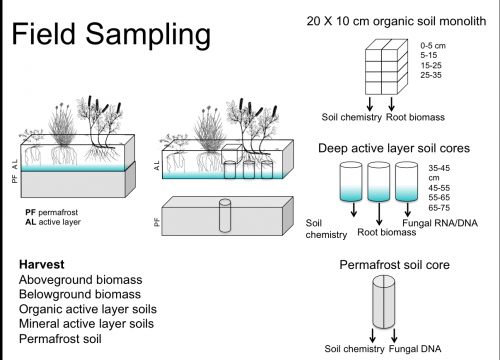
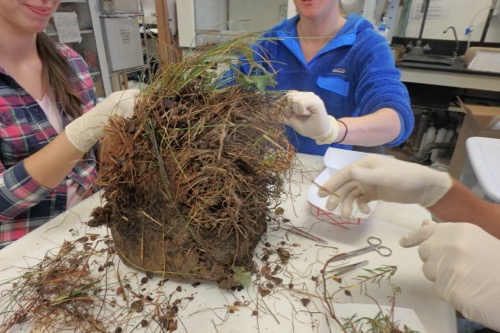
Plants First – The Above Ground Pluck
The first step of any “pluck” is to literally pluck the plants apart (while keeping below ground roots intact) and put them into their different species categories. After each plant is sorted into its appropriate species category (Betula nana vs. Rubus chamaemorus, etc), it is then sorted into tissue type (new stems and leaves, old stems and leaves, roots). Remember that the goal of this project is to find out where the 15N ends up in the biomass of the tundra. Do certain species have a higher percentage of 15N in their tissues than others? After 24 hours, does the 15N end up in the roots but not new leaves? All of this can be studied, as long as our samples are meticulously sorted, categorized and labeled. As you can imagine, sorting through 8 tundra brownies takes. for. ever. Like a day and a half. With 4-6 people working at any given time.
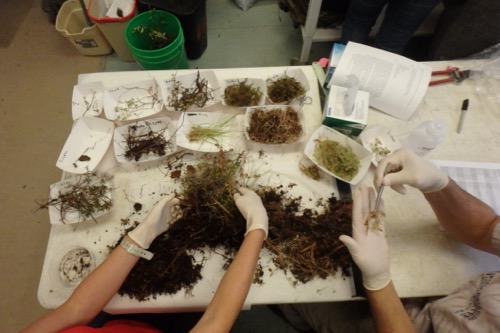
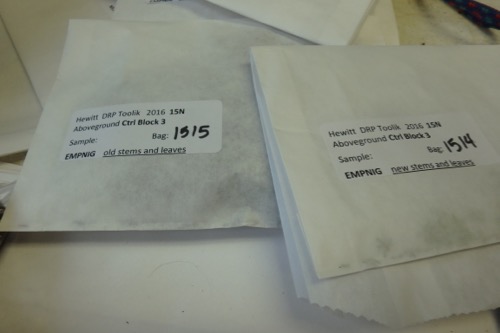
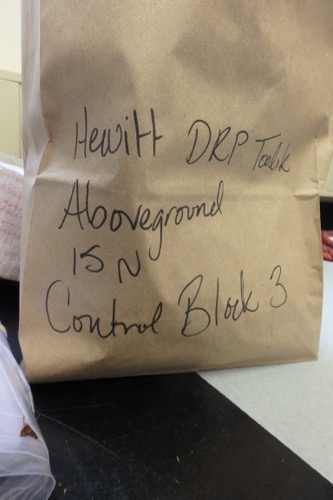
Roots Second – The Below Ground Pluck
After sorting through all of the above ground material (and their attached roots), it’s time to tackle the below ground soil. I know what you’re saying – above ground? Below ground? Isn’t all soil below ground? Yes. But the “below ground” soil is a little further down into the ground, which means that sometimes the roots can get separated from the above ground plants.
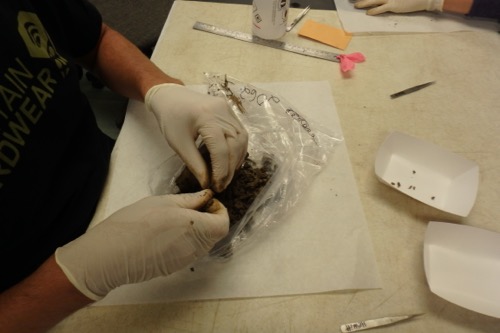
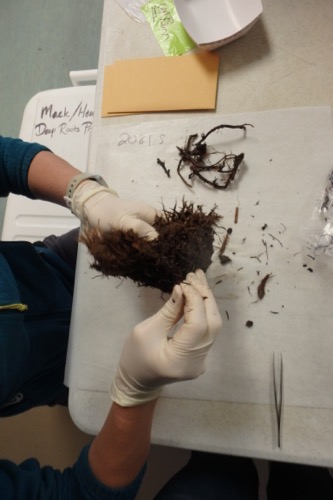
I know what you’re thinking. These are a bunch of underground pieces of plant tissue. How can you tell them apart? Personally, I don’t think I can…but thankfully there are other people on the team who are well trained in this area and know what to look for. One of our team members made a “voucher” for each plant to help identify the species by it’s root.
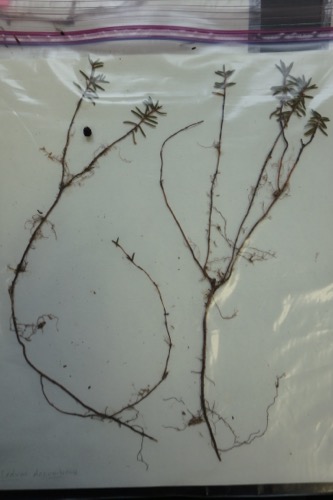
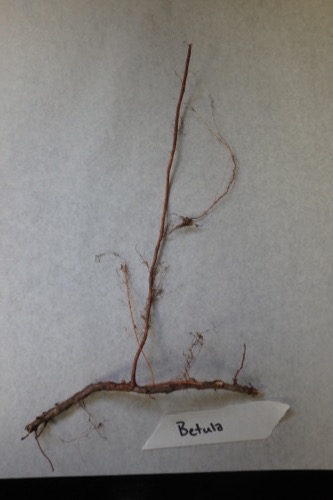
Root Dreams
When you spend nearly 2 full days (no joke – one soil block took me almost 5 hours) sorting out the tiniest roots (think the thickness of a hair) from your blocks of soil, you start to see roots everywhere. Seriously. I closed my eyes to go to sleep and I just saw roots, dancing in front of my eyes. Thankfully, I was too tired for it to last too long.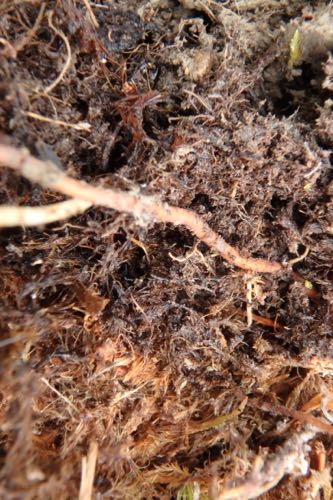
But what happens when you can’t sort the roots just by your eye alone? Stay tuned for the next journal!


Comments